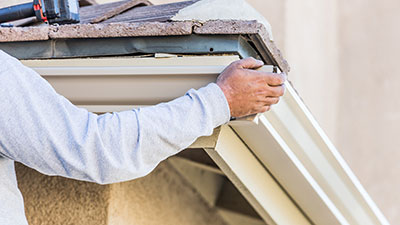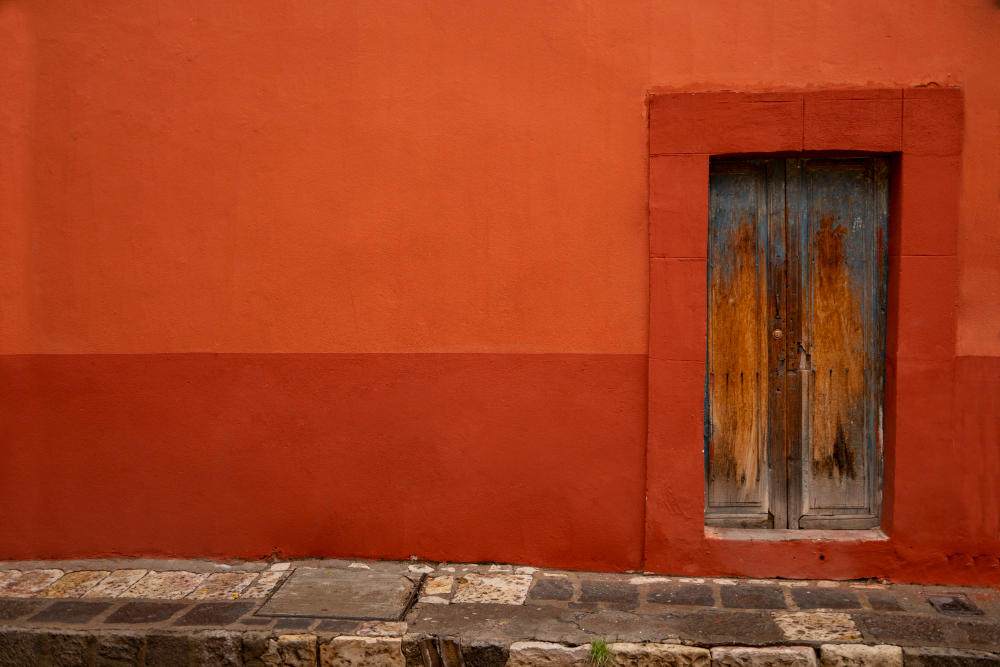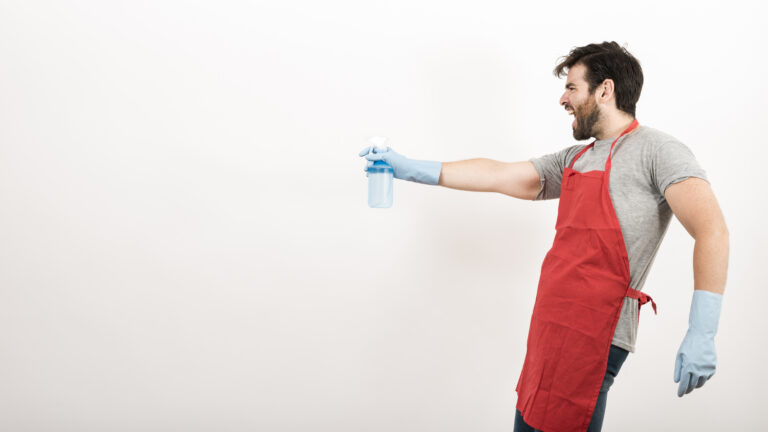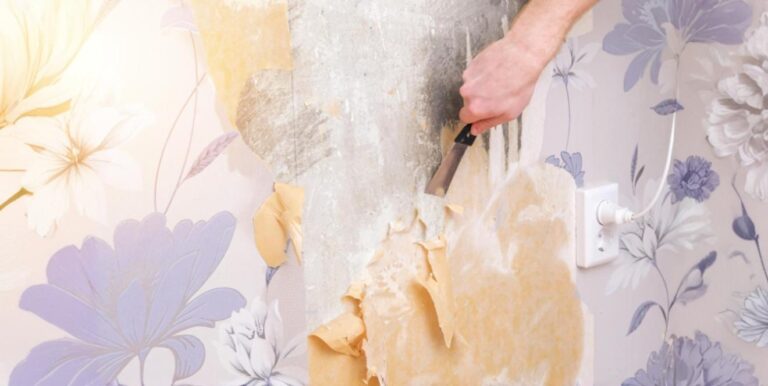Keeping your walls clean can do wonders for your home’s look. Over time, dust, stains, and scuffs can make even the nicest paint job look tired.
By cleaning your walls regularly, you not only keep them looking fresh, but you also extend the life of your paint. This means your home stays looking great for longer, making it a more enjoyable place to live.
Key Takeaways
- Gather your supplies like a sponge, microfiber cloth, and a gentle cleaning solution for cleaning walls without damaging the paint.
- Dust first to keep dirt from smearing and maintain clean walls.
- Use the right cleaning solution for your paint type, such as mild detergent for cleaning flat painted walls and vinegar for oil-based paint.
- Use gentle, circular motions when cleaning painted walls to avoid damaging the finish.
- Rinse with clean water and dry immediately to keep your clean painted walls free of watermarks.
- For stubborn stains on walls without removing paint, use a baking soda paste or vinegar, and always test a small area first to make sure it’s safe.
Essential Supplies for Cleaning Painted Walls
Before you start, gather all your cleaning supplies to make the process smooth and efficient. Here’s your checklist:
- Soft Sponge or Microfiber Cloth: These are gentle and won’t scratch your paint.
- Gentle Cleaning Solution: Mix some mild detergent, white vinegar, and water for a safe and effective cleaner.
- Baking Soda: Perfect for tough stains.
- White Vinegar: Great for oil-based paint.
- Bucket of Clean Water: For rinsing off soap residue.
- Dry Towels: To dry the walls and prevent watermarks.
- All-purpose cleaner: Keep on hand for tougher cleaning jobs.
- Dry cleaning sponge: Useful for removing loose particles without moisture.
Dust, Prepare and Clean Walls
Dusting your walls first is vital. It prevents dirt and dust from smearing when you start cleaning. Here’s how to do it:
Dust from Top to Bottom: Start at the top and work your way down so dust falls to areas you haven’t cleaned yet. Remove any cobwebs from corners and ceiling edges during this process. Pay special attention to baseboards and crown moldings where dust tends to accumulate.
Use the Right Tools: A duster or dry microfiber cloth works well. For high walls and ceilings, a long-handled duster or a vacuum with a dust brush attachment is handy. A long-handled dry floor mop can also effectively reach high areas and large wall surfaces.
Make the Right Cleaning Solution
The cleaning solution you use should match your wall paint type:
For Latex Paint: Mix a teaspoon of mild detergent with a quart of warm water.
For Oil-Based Paint: Add a teaspoon of liquid dish soap and half a teaspoon of white vinegar to a quart of warm water.
Tips: Be gentle with latex paint by avoiding harsh chemicals that can damage the water-based finish.
Oil-based paint can handle stronger solutions due to its more durable composition.
Always wear gloves to protect your skin from cleaning solutions and potential irritants.
Ventilate the room properly to avoid inhaling fumes from cleaning products.
Test your cleaning solution on a small, hidden area first to make sure it doesn’t damage the paint before proceeding with the full cleaning process.
For best results, use a two-bucket system – one for your cleaning solution and another for clean rinse water to avoid recontaminating your cleaner.
Wipe Down the Walls
Proper wiping techniques are key to protecting your paint:
Use a Soft Sponge or Cloth: Dampen it with your cleaning solution.
Wipe Gently in Circles: This lifts dirt without harming the paint.
Avoid Excess Moisture: Wring out your sponge or cloth thoroughly before wiping.
Be Gentle: Over-scrubbing can damage the paint.
Work in section-by-section cleaning approach, covering manageable two to three-foot areas for thorough and controlled results.
Rinse and Dry the Walls
After cleaning, it’s important to rinse off any soap residue:
Rinse with Clean Water: Use a damp sponge or cloth and wipe in circular motions.
Dry Immediately: Use a dry towel to wipe the walls, preventing watermarks and helping the walls dry faster.
Target Stubborn Stains and Scuff Marks
For those tough stains, here’s what you can do:
Baking Soda Paste: Mix baking soda with a little water to form a paste. Apply it to the stain and gently scrub with a soft sponge.
For Oil-Based Paint: Apply white vinegar directly to the stain and gently scrub. This works well for greasy marks.
Always test a small area first to ensure the cleaning method doesn’t damage the paint. Use a soft sponge and apply minimal pressure to avoid stripping the paint.
Removing Specific Types of Stains
Different stains require targeted approaches for the best results.
Fingerprints and Everyday Marks
Fingerprints are among the most common wall stains, especially around light switches and door jambs. Use a barely damp microfiber cloth with your mild cleaning solution, applying gentle circular motions. Most fingerprints disappear with minimal effort.
Crayon and Marker Stains
Kids’ artwork on walls needs special attention. For crayon marks, try a baking soda paste first. If that doesn’t work, rubbing alcohol on a soft cloth can break down marker stains. For stubborn crayon, use a hair dryer to soften the wax before gentle removal. Pencil marks respond well to kneadable erasers, which can be shaped to reach into textured surfaces without liquid cleaners.
Food and Coffee Stains
Kitchen and dining area walls often collect food splatter and coffee stains. Act quickly with a damp cloth and mild soap solution. For dried food stains, let your cleaning solution sit for a few minutes before gentle scrubbing to soften the residue. Lipstick stains can be treated similarly to food stains, using gentle soap solutions followed by thorough rinsing.
Candle Soot and Smoke Residue
Start with a dry cleaning sponge to remove loose soot particles without spreading them. Follow with your vinegar solution for oil-based surfaces, or use hydrogen peroxide for organic residue on other paint types.
Alternative Cleaning Methods
When standard methods aren’t enough, these techniques can help:
Hydrogen Peroxide: Effective for organic stains like food or drink spills. Apply with a cloth and rinse thoroughly.
Rubbing Alcohol: Works well for ink marks, pen marks, and adhesive residue. Use sparingly and test first.
Art Gum Eraser: Perfect for pencil marks and light scuffs without using liquids.
White Bread Method: Remove the crust and gently dab stains with fresh white bread – surprisingly effective for many marks.
By following these steps, you can effectively remove stains from your walls without damaging the paint, keeping your home looking clean and well-maintained.
Why the Type of Paint Matters When Cleaning Wall Stains
Knowing what type of paint is on your walls is essential for effective and safe cleaning.
Differences Between Latex and Oil Base Paints:
Latex Paints: Water-based, easy to apply, and quick-drying. However, they are sensitive to harsh cleaners and excessive moisture.
Oil-Based Paints: More durable and can withstand stronger cleaning agents. Often used in high-traffic areas and more resistant to stains and moisture.
When cleaning oil-based painted walls, you can use a mild degreaser or stronger all-purpose cleaners without worrying about damaging the paint.
Room-Specific Cleaning Strategies
Different areas of your home present unique cleaning challenges. Kitchen walls face grease splatter and food stains, requiring extra attention around the stove and sink where cooking residue accumulates. Dining area walls also need regular attention due to food-related stains and splashes. Bathroom walls need special care due to high humidity – ensure proper ventilation and focus on areas around light switches and door jambs. Kids’ rooms benefit from immediate spot cleaning to prevent crayon marks and food stains from setting. Hallways and stairwells accumulate scuff marks quickly due to high traffic.
Tips to Keep Painted Walls Clean
Regular Dusting to Prevent Buildup
Regular dusting is essential to keep your walls looking fresh. Dust can settle and make walls look dull and dirty. Make it a habit to dust your walls at least once a month. Use a microfiber cloth, a feather duster, or a vacuum cleaner with a brush attachment. Start at the top and work your way down to capture all the dust without spreading it to already cleaned areas.
Stain Treatment to Avoid Setting
When you spot a spill or mark on your wall, address it immediately. The longer a stain sits, the harder it is to remove. Use a damp cloth with a mild cleaning solution to gently wipe away the stain. For tougher stains, a baking soda paste can work wonders. Acting quickly reduces the likelihood of the stain penetrating the paint.
Environmental Prevention Strategies
Running air purifiers helps reduce airborne particles that settle on walls, extending time between cleanings. Proper ventilation, especially in bathrooms and kitchens, prevents humidity-related staining and mildew growth. Plan seasonal maintenance with quarterly deep cleaning and monthly dusting.
Avoid Harsh Chemicals That Can Damage Paint
While it might be tempting to use strong cleaning agents to tackle tough stains, strong chemicals can damage your paint and shorten its lifespan. Always opt for gentle cleaning solutions like a mix of mild detergent and water or diluted white vinegar. When in doubt, test any new cleaning solution on a small, hidden area first to ensure it doesn’t cause damage.
Conclusion
Keeping your walls clean not only enhances the look of your home but also extends the life of your paint. By following these tips and tricks, you can tackle wall stains effectively without worrying about damaging your paint. Regular dusting, immediate stain treatment, and using the right cleaning solutions for your paint type are key steps in maintaining the beauty of your painted walls.
Whether you’re dealing with flat, eggshell, satin, semi-gloss, or glossy finishes, knowing how to clean each type properly makes all the difference. Remember to avoid harsh chemicals and abrasive tools to keep your walls looking fresh and vibrant for years to come.
FAQs
How often should I be cleaning walls?
Regularly cleaning walls, at least once a month, helps keep your home looking fresh and prevents dirt buildup.
What’s the best way to clean painted walls without damaging the paint?
To clean painted walls without removing paint, use a soft sponge, mild detergent, and gentle circular motions.
Can I use regular household cleaners on flat paint?
Avoid harsh chemicals when cleaning flat paint; instead, use a mild detergent solution to prevent damage.
How do I handle stubborn stains on walls without removing paint?
For tough stains on walls without removing paint, use a baking soda paste or diluted vinegar, and always test a small area first.
What’s the best method for cleaning light switches without harming the paint around them?
Clean light switches with a damp microfiber cloth and mild detergent, being careful not to damage the surrounding flat paint.
What household items can I use for emergency stain removal?
White bread, art gum erasers, and hydrogen peroxide work well for various stains when traditional cleaners aren’t available.



















